New stretchable material could lead to artificial muscles.
Research Paper: http://bit.ly/1StvU6b
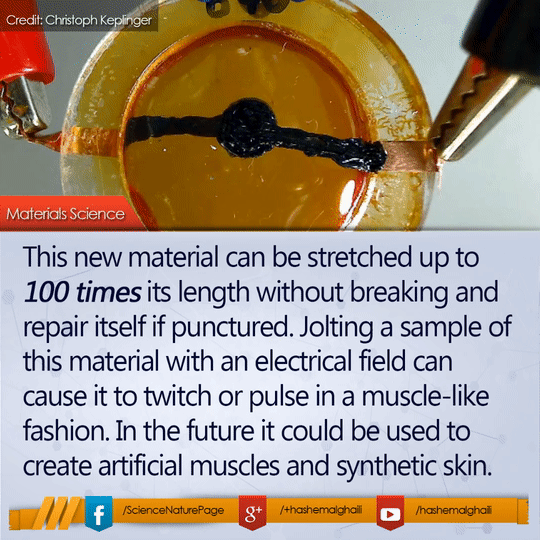
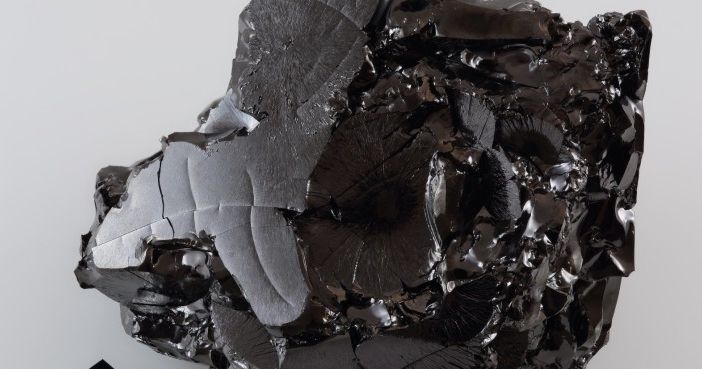
Much like in comic books, scientists are on an endless quest to discover or create the strongest, most durable substance possible. Theories about how to go about that have long circulated, but nobody has been able to overcome the challenge—until now. A team of Austrian researchers has finally worked out a way to stabilize what they are calling the strongest of all known materials, an exotic form of carbon called carbyne.
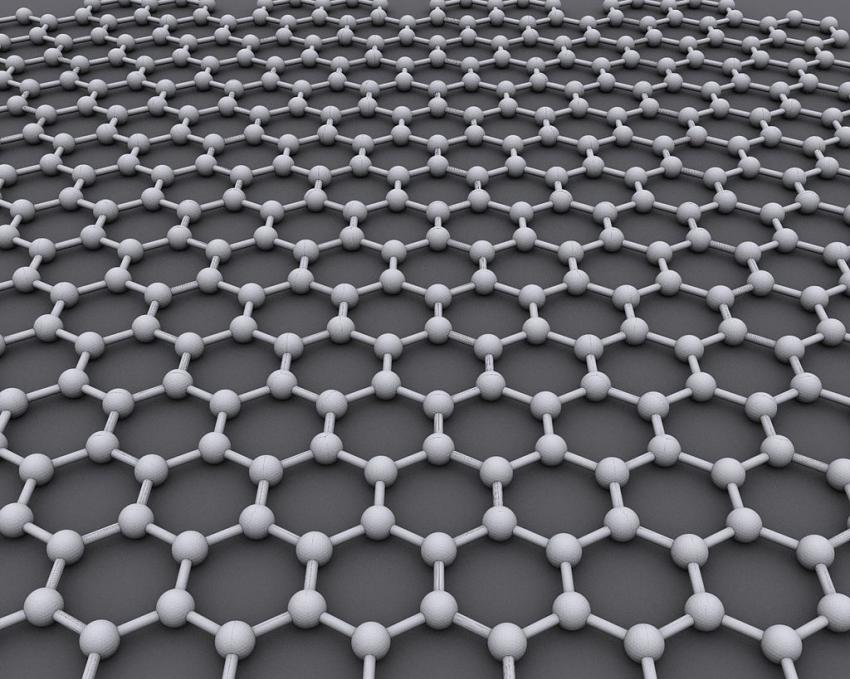
A microchip that filters out unwanted radiation with the help of graphene has been developed by scientists from the EPFL and tested by researchers of the University of Geneva (UNIGE). The invention could be used in future devices to transmit wireless data ten times faster.
EPFL and UNIGE scientists have developed a microchip using graphene that could help wireless telecommunications share data at a rate that is ten times faster than currently possible. The results are published today in Nature Communications.
“Our graphene based microchip is an essential building block for faster wireless telecommunications in frequency bands that current mobile devices cannot access,” says EPFL scientist Michele Tamagnone.
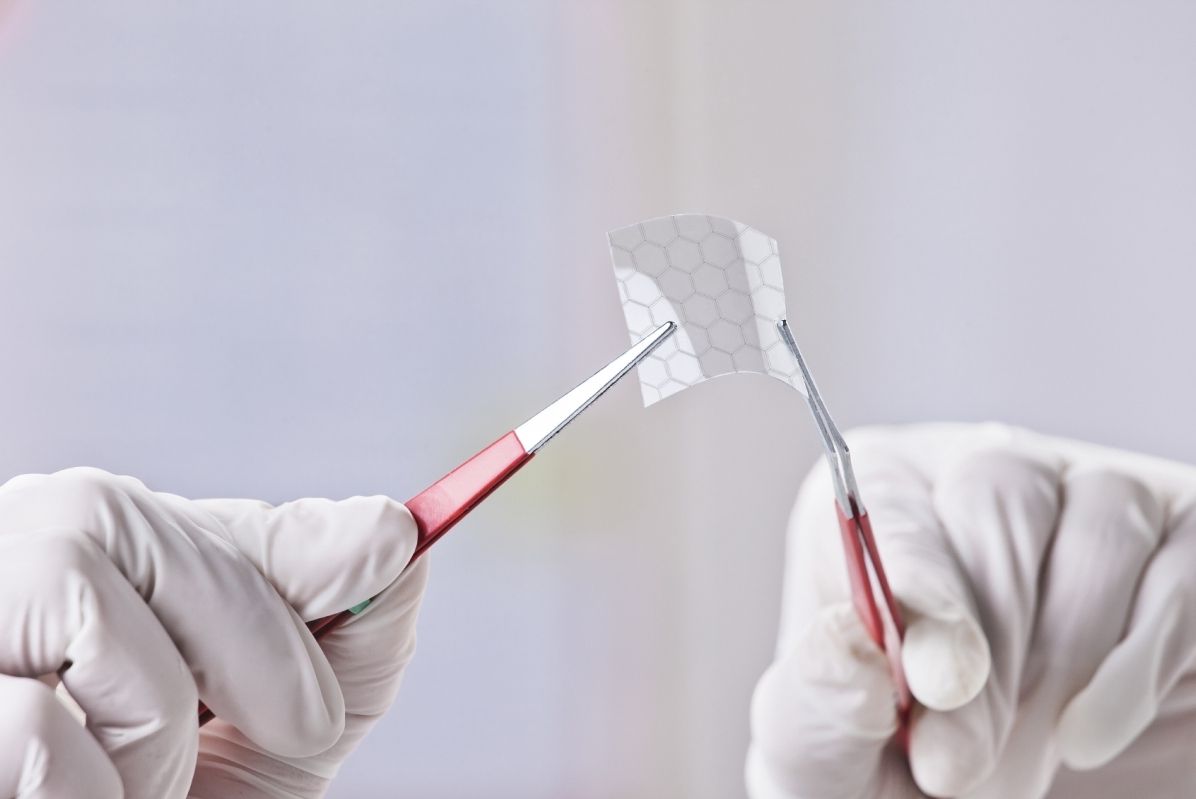
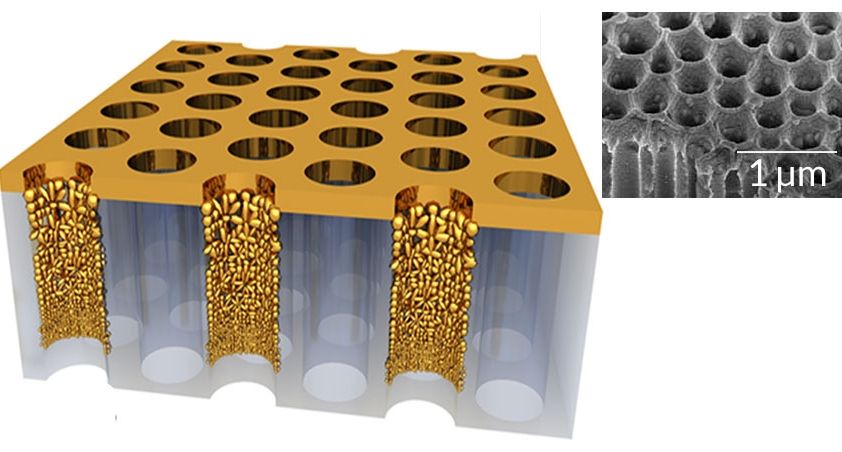
Older, but interesting…
Under the hypothesis that ordinary matter is ultimately made of subelementary constitutive primary charged entities or ‘‘partons’’ bound in the manner of traditional elementary Planck oscillators (a time-honored classical technique), it is shown that a heretofore uninvestigated Lorentz force (specifically, the magnetic component of the Lorentz force) arises in any accelerated reference frame from the interaction of the partons with the vacuum electromagnetic zero-point field (ZPF). Partons, though asymptotically free at the highest frequencies, are endowed with a sufficiently large ‘‘bare mass’’ to allow interactions with the ZPF at very high frequencies up to the Planck frequencies. This Lorentz force, though originating at the subelementary parton level, appears to produce an opposition to the acceleration of material objects at a macroscopic level having the correct characteristics to account for the property of inertia. We thus propose the interpretation that inertia is an electromagnetic resistance arising from the known spectral distortion of the ZPF in accelerated frames. The proposed concept also suggests a physically rigorous version of Mach’s principle. Moreover, some preliminary independent corroboration is suggested for ideas proposed by Sakharov (Dokl. Akad. Nauk SSSR 177, 70 (1968) [Sov. Phys. Dokl. 12, 1040 (1968)]) and further explored by one of us [H. E. Puthoff, Phys. Rev. A 39, 2333 (1989)] concerning a ZPF-based model of Newtonian gravity, and for the equivalence of inertial and gravitational mass as dictated by the principle of equivalence.

Rice University scientists have determined that two-dimensional boron is a natural low-temperature superconductor. In fact, it may be the only 2-D material with such potential.
Rice theoretical physicist Boris Yakobson and his co-workers published their calculations that show atomically flat boron is metallic and will transmit electrons with no resistance. The work appears this month in the American Chemical Society journal Nano Letters.
The hitch, as with most superconducting materials, is that it loses its resistivity only when very cold, in this case between 10 and 20 kelvins (roughly, minus-430 degrees Fahrenheit). But for making very small superconducting circuits, it might be the only game in town.

High-tech sponges of infinitely small, nanoporous materials can capture and release gaseous or liquid chemicals in a controlled way. A team of French and German researchers from the Institut de Recherche de Chimie Paris (CNRS/Chimie ParisTech) and the Institut Charles Gerhardt de Montpellier (CNRS/Université de Montpellier/ENSCM) has developed and described one of these materials, DUT-49, whose behavior is totally counterintuitive.
When pressure is increased for a sample of DUT-49 to absorb more gas, the material contracts suddenly and releases its contents — as if, when inhaling, the lungs contracted and expelled the air that they contained. This work, published in Nature, makes it possible to envisage innovative behavior in materials science.
Capturing toxic molecules in ambient air, storing hydrogen, targeting drug release — the list of applications that could use flexible nanoporous materials is endless. These materials use the large surface area in their pores to capture and store gaseous or liquid molecules: this phenomenon is called adsorption. Their pores can adsorb impressive quantities of products; they keep getting bigger until they reach their flexibility limit.

